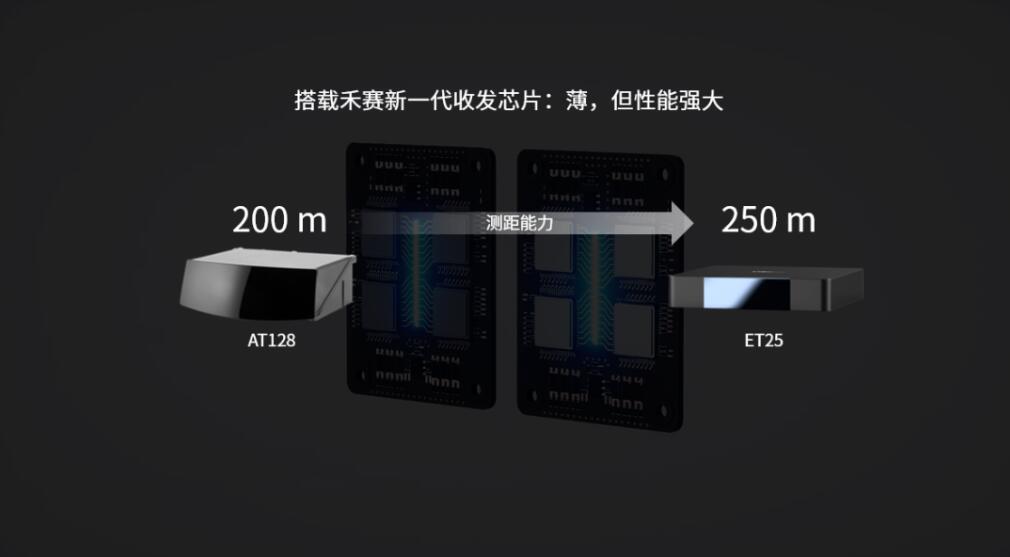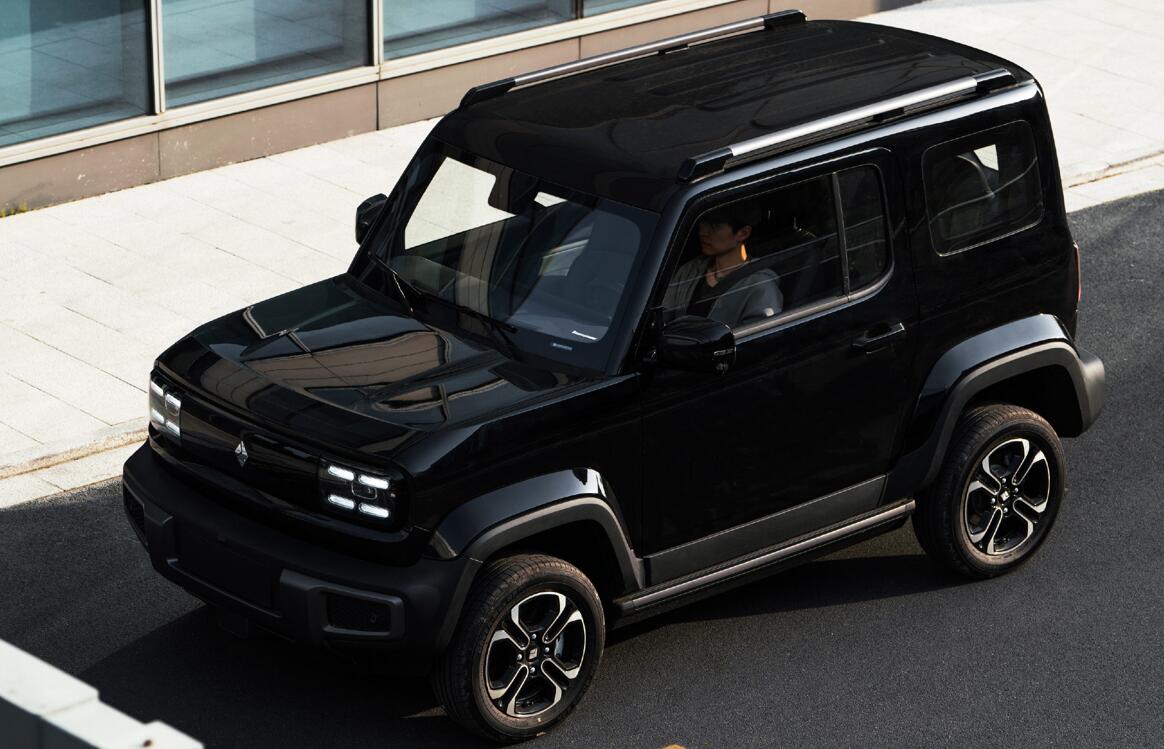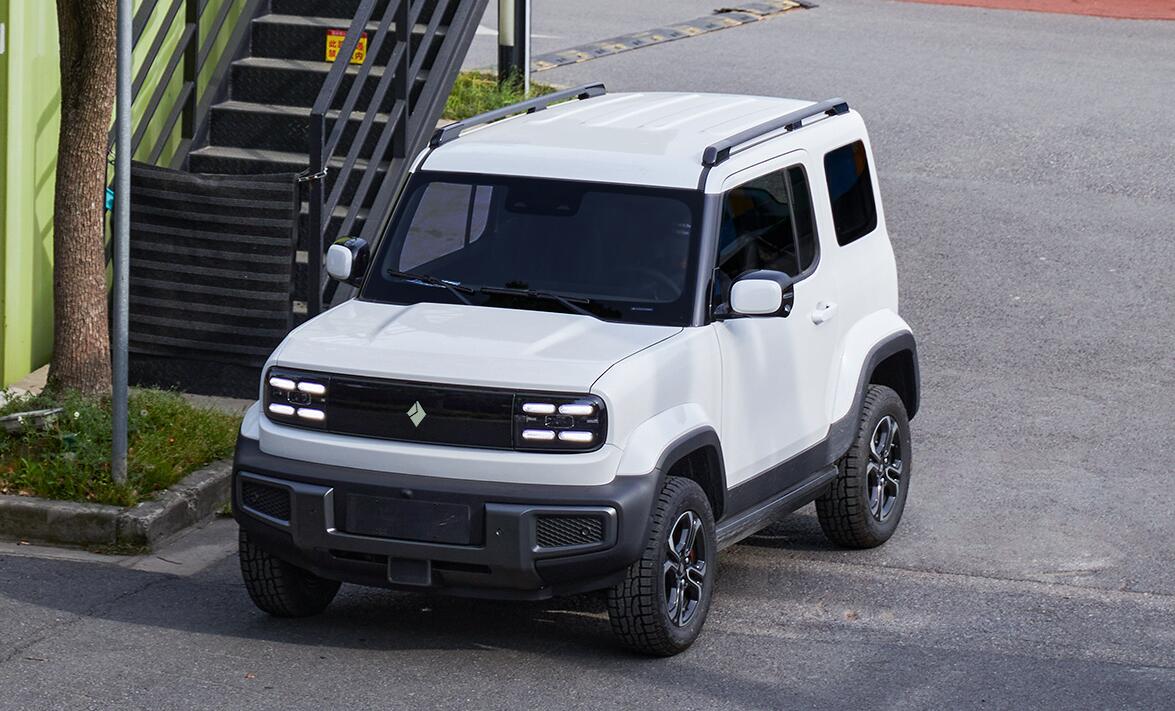The Hang Seng Indexes Company Limited launched the Hang Seng Automobile Index today with a year-to-date return of about 9 percent.

A new index is now available for investors who wish to track the performance of the Chinese auto industry chain in the stock market.
The Hang Seng Indexes Company Limited (HSI) today announced the launch of three new indices, including the Hang Seng Automobile Index.
"The Hang Seng Automobile Index aims to reflect the overall performance of companies that are engaged in the value chain of automobile production, and are listed in Hong Kong," the description on the HSI website reads.
The new index -- calculated and disseminated in real-time at two-second intervals -- had a return of 9.26 percent for the year to last Friday. As of press time, the index was up 0.69 percent today.

The Hang Seng Automobile Index has a fixed component of 30 stocks and will be reviewed every six months.
The index's current constituents include car companies such as BYD, NIO, XPeng, Li Auto, Leapmotor, Geely, Great Wall Motors, and GAC Group, as well as suppliers such as LK Technology and Fuyao Glass.
The description page on the HSI website does not provide information on the weighting of these constituents in the index.
The index has a base period of December 31, 2019, with a base value of 3,000 points and is currently quoted at 3,272.24 points.
At press time, NIO was down 2.3 percent to HK$63.60 in Hong Kong, XPeng down 2.03 percent to HK$38.55, Li Auto down 0.96 percent to HK$113, BYD was flat and Leapmotor was up 1.47 percent to HK$34.55.
Hang Seng Automobile Index
| Stock Code | Constituent Name | ||||
|---|---|---|---|---|---|
| A Shares | B Shares | H Shares | Red Chips | Others | |
| 1958 | BAIC MOTOR | ||||
| 9888 | BIDU - SW | ||||
| 710 | BOE VARITRONIX | ||||
| 1211 | BYD COMPANY | ||||
| 285 | BYD ELECTRONIC | ||||
| 489 | DONGFENG GROUP | ||||
| 3606 | FUYAO GL ASS | ||||
| 2238 | GAC GROUP | ||||
| 1772 | GANFENG LITHIUM | ||||
| 175 | GEELY AUTO | ||||
| 2333 | GREATWALL MOTOR | ||||
| 179 | JOHNSON ELEC H | ||||
| 148 | KINGBOARD HLDG | ||||
| 9863 | LEAPMOTOR | ||||
| 2015 | LI AUTO - W | ||||
| 558 | LK TECH | ||||
| 425 | MINTH GROUP | ||||
| 1316 | NEXTEER | ||||
| 9866 | NIO - SW | ||||
| 1478 | Q TECH | ||||
| 20 | SENSETIME - W | ||||
| 3808 | SINOTRUK | ||||
| 2382 | SUNNY OPTICAL | ||||
| 819 | TIANNENG POWER | ||||
| 9696 | TIANQI LITHIUM | ||||
| 3898 | TIMES ELECTRIC | ||||
| 2338 | WEICHAI POWER | ||||
| 868 | XINYI GLASS | ||||
| 9868 | XPENG - W | ||||
| 1585 | YADEA | ||||
The post New auto index launched in HK stock market with constituents including BYD, NIO, XPeng, Li Auto appeared first on CnEVPost.
For more articles, please visit CnEVPost.
























